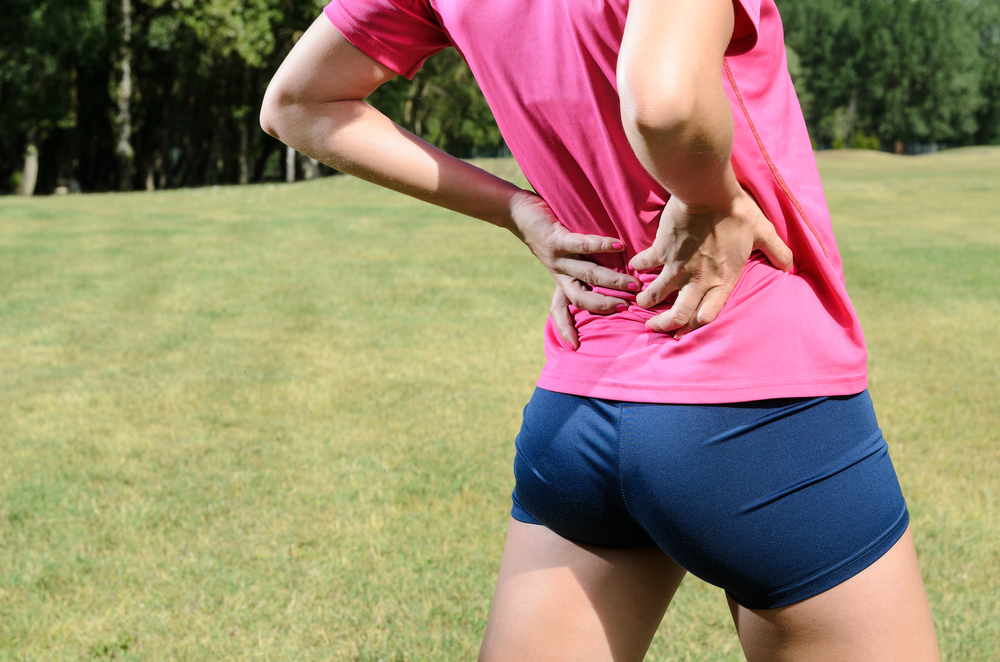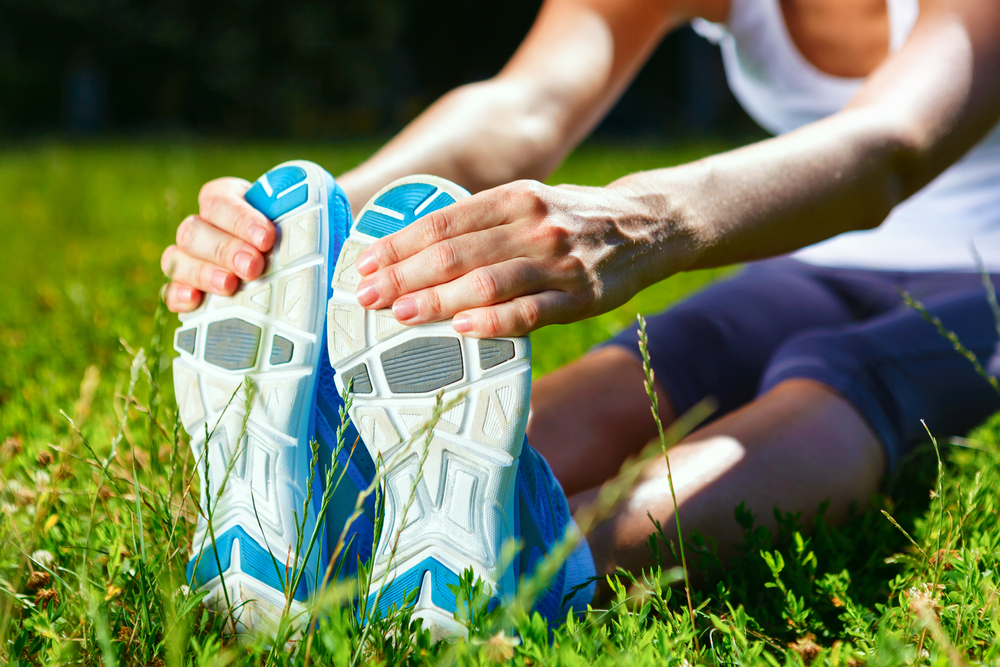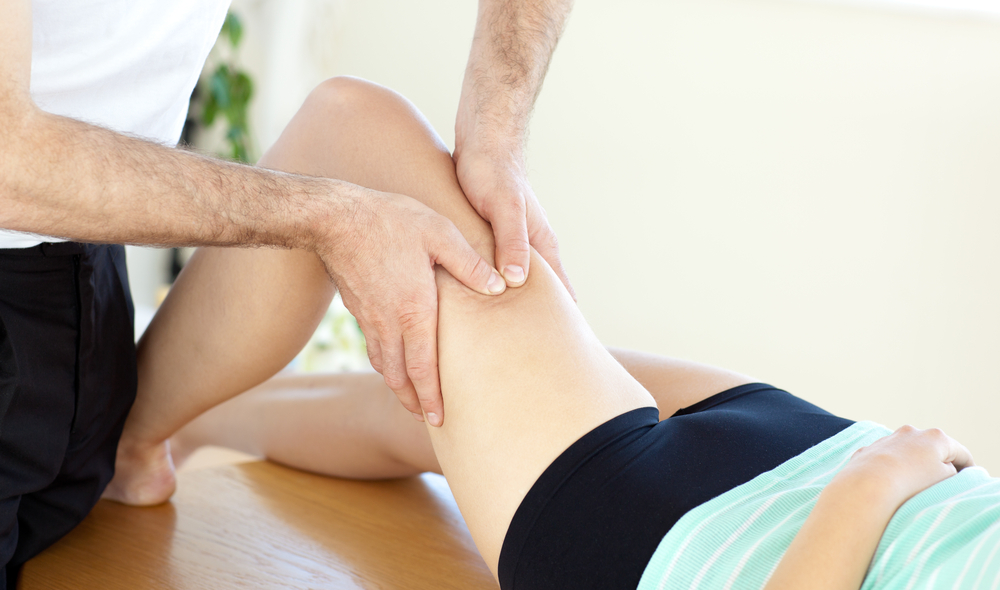Try these tips the next time your fitness routine has your muscles aching for relief.
You’ve done it, you have managed to stick with your resolution to improve your health and wellness. Congrats!
Wait, excuse me? You’re thinking about discontinuing your fitness routine because you are getting painfully sore post-workout. Seriously? Instead of stopping all together, let’s explore what you’re experiencing and examine a few tricks that may help to ease the pain.
Why You’re Sore
The soreness that you are experiencing is called Delayed-Onset Muscle Soreness or DOMS. The DOMS effect is caused by an inflammatory response to exercise, which disrupts skeletal muscle ultra-structurally. This is a fancy way of saying that your body is attempting to repair muscles that were damaged during exercise. Before you freak out, this is actually a good thing. The damage and repair cycle is how your body grows new muscles, so it’s completely natural.
This process normally starts 4 hours after exercise, peaks at 72 hours and decreases at 96 hours, which is why you will have muscle soreness for several days following a workout. Given that DOMS can be inevitable for many, the next logical question to ask is what can be done to lessen the effects of muscle soreness? Continue through the slides to find out.
Stretch… But Not For Too Long
“I always recommend that people do a full body stretch for at least 15-minutes post workout. But, it’s important that they stretch correctly,” says Alliéttè Chignoli, a Stretch Zone Method Certified Practitioner and owner of Physical Revolution in Fort Lauderdale. “People tend to hold a stretch for 1-2 minutes when all they really need is 8-10 seconds per muscle.”
Alliéttè believes that not only will stretching aid in post-workout soreness, but will improve flexibility, range of motion and mobility. “Daily stretching, even on rest days, will make you a better athlete and improve your daily activities,” she says.
Start Rollin’
“Foam rolling is a wonderful and economical way to break up the knots in muscle, which are known to cause muscle soreness and pain,” says certified trainer, coach and IFBB pro Debi Laszewski. “Deep tissue massage is actually my preferred method of body maintenance, but I understand that it can be cost prohibitive for many people,” she says. “In these cases, a $20 foam roller can be very effective.”
Try a (free!) Massage
Active Release Technique (ART), a soft tissue movement based massage method, is performed by a certified ART provider (many chiropractors have the credentials), and may improve muscle soreness by removing muscle knots, that restrict blood flow and limit mobility. The best part? It may be covered by your insurance, unlike deep tissue massage.
More Tips and Tricks
Given that no one method is a cure-all, it may be necessary to mix and match approaches to manage muscle soreness. The methods mentioned previously may produce added benefit when used in combination with one another, or with any of the following recommendations:
- Get 7 to 8 hours of sleep per night to allow the body adequate time to repair itself.
- Warm-up prior to exercising by walking on a treadmill or lightly biking. This improves blood flow, which wards off post-pump pain.
- Use an ice bath or apply ice packs to soothe inflamed muscles and joints.
- Take oral pain relief.






